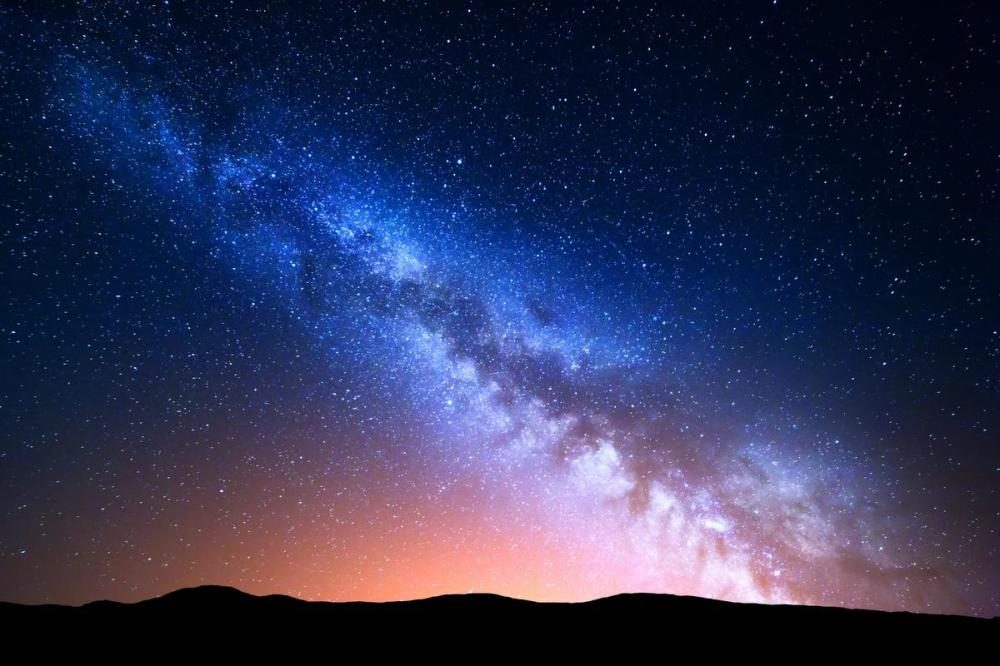Canadians may be able to see four planets this weekend, no telescope needed. Here’s how
Advertisement
Read this article for free:
or
Already have an account? Log in here »
To continue reading, please subscribe:
Monthly Digital Subscription
$0 for the first 4 weeks*
- Enjoy unlimited reading on winnipegfreepress.com
- Read the E-Edition, our digital replica newspaper
- Access News Break, our award-winning app
- Play interactive puzzles
*No charge for 4 weeks then price increases to the regular rate of $19.00 plus GST every four weeks. Offer available to new and qualified returning subscribers only. Cancel any time.
Monthly Digital Subscription
$4.75/week*
- Enjoy unlimited reading on winnipegfreepress.com
- Read the E-Edition, our digital replica newspaper
- Access News Break, our award-winning app
- Play interactive puzzles
*Billed as $19 plus GST every four weeks. Cancel any time.
To continue reading, please subscribe:
Add Free Press access to your Brandon Sun subscription for only an additional
$1 for the first 4 weeks*
*Your next subscription payment will increase by $1.00 and you will be charged $16.99 plus GST for four weeks. After four weeks, your payment will increase to $23.99 plus GST every four weeks.
Read unlimited articles for free today:
or
Already have an account? Log in here »
Hey there, time traveller!
This article was published 21/04/2022 (1307 days ago), so information in it may no longer be current.
Early risers this weekend may be treated to a spectacle in the sky — the alignment of four planets and the moon, all visible to the naked eye.
Venus, Mars, Saturn and Jupiter are expected to form a row in the sky and align with the moon on Sunday. A fifth visible planet, Mercury, will join them later in June.
The event is best seen from the Northern Hemisphere, which includes North America and Europe, said Jan Cami, an associate professor of astronomy at Western University.

The planets will only be visible in the early morning, between around 5:20 and 6:30 a.m., he said. In this early twilight, look east to the sky, just above the horizon.
“If it’s clear in the morning, it’s impossible that you miss Venus,” said Cami. “It’s super bright, like the brightest thing in the sky except for maybe the moon.”
From there, the rest of the planets can be found — Jupiter close by, then further, the dull red of Mars and the yellow-hued Saturn. You can tell them from stars by their light, Cami said. Stars twinkle, planets don’t.
The last time five planets intersected was in 2020, said Cami. It happened again in 2016 and 2005. This is because every planet orbits the sun at a different speed and trajectory, he said; it takes years for them to “line up” perfectly from Earth’s perspective.
Sometime in early June, Mercury will also join the alignment, Cami continued. “But Mercury’s kind of really hard to see — it’s a lot fainter and closer to the Sun.”
Binoculars aren’t required, but with access, unlocks a trove of new details. For example, if you zoom into Jupiter and you might see its four moons, Cami said. If you’ve a steady hand, you could even catch Saturn’s rings.
Light pollution will make the planets harder to spot — though Cami said Venus and Jupiter are so bright, you could see them even from a busy city centre.
“By April 30, (Jupiter and Venus) would actually be fairly close together in the sky,” said Cami. “And so my forecast is at that time, if it’s clear, people will call in UFOs.”
Kevin Jiang is a Toronto-based digital producer for the Star. Follow him on Twitter: @crudelykevin

